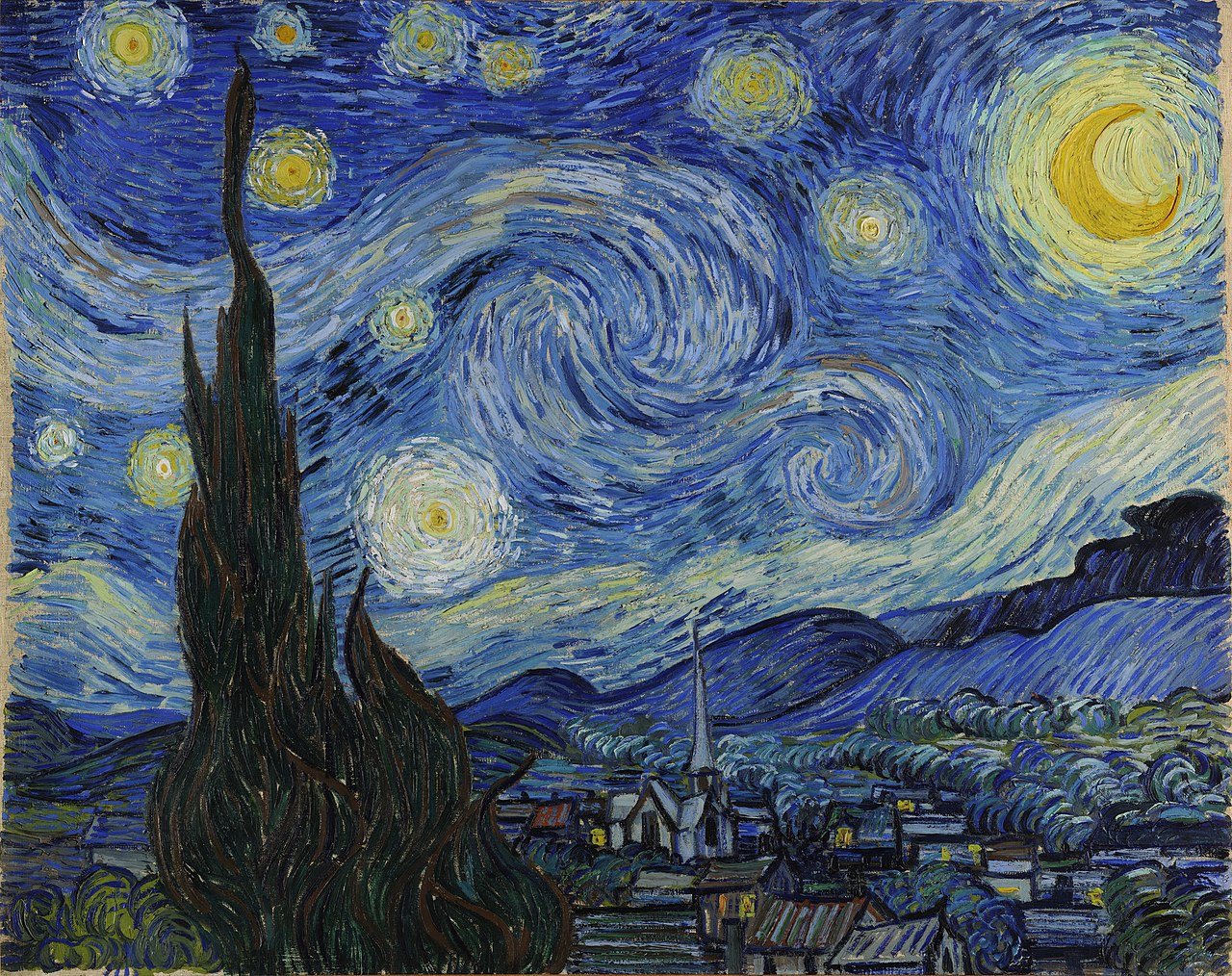Starry, Starry Nights that Speak to UsBy Ed Delph March 19, 2018 Years ago, I was the officiant of a marriage at the Snow Bowl ski-area near Flagstaff, Arizona. It’s located near the top of the 12,633 foot high San Francisco Peaks in Arizona. After the wedding, my wife Becky and son Jon, went outside to go home. As we looked to the northwest, we were shocked, awed by the number of stars in the dark sky. When you are at that elevation, you see the stars, as they really are. I felt I was surrounded by the universe. I suddenly realized my ‘smallness.’ I was undone, 'wrecked' by what I was in the middle of. Don’t let dust and low altitude stop you from seeing what’s really up there. Years ago, I was the officiant of a marriage at the Snow Bowl ski-area near Flagstaff, Arizona. It’s located near the top of the 12,633 foot high San Francisco Peaks in Arizona. After the wedding, my wife Becky and son Jon, went outside to go home. As we looked to the northwest, we were shocked, awed by the number of stars in the dark sky. When you are at that elevation, you see the stars, as they really are. I felt I was surrounded by the universe. I suddenly realized my ‘smallness.’ I was undone, 'wrecked' by what I was in the middle of. Don’t let dust and low altitude stop you from seeing what’s really up there. I recommend we all go to the ‘Snow Bowl’ in your area. It brings perspective. Ascend a high mountain, look at the stars on a clear night and ask yourself, “How big am I really?” If you really want to be exotic looking at billions of stars, go to The Aoraki National Park, on the South Island of New Zealand. It is designated as an International Dark Sky Reserve in 2012, the first to be awarded ‘gold’ status (which basically means there is no light pollution at all). Here is what I’m saying. Starry, starry nights speak to us, put us in our place, and remind us again of God’s greatness. Remember the song, Starry, Starry Nights by Don McLean? It’s about a painting you know of. Vincent van Gogh stargazed too. Let’s learn about his painting. "The Starry Night is an oil on canvas by the Dutch post-impressionist The painting is of a scene at night with eleven swirly stars and a bright yellow crescent moon. In the background there are hills, in the middle ground there is a moonlit town with a church that has an elongated steeple, and in the foreground there is the dark green silhouette of a cypress tree and houses. Researchers have determined Venus was indeed visible at dawn in Provence in the spring of 1889, and was at that time nearly as bright as possible. So, the brightest "star" in the painting, just to the viewer's right of the cypress tree, is Venus. Many interpretations of this painting by historians reflect what Meyer Shapiro and Sven Loevgren note. Sven Loevgren calls The Starry Night “an infinitely expressive picture which symbolizes the final absorption of the artist by the cosmos" and which "gives a never-to-be-forgotten sensation of standing on the threshold of eternity." Art historian Lauren Soth also finds a symbolist subtext in The Starry Night, saying the painting is a "traditional religious subject in disguise" and a "sublimated image of [Van Gogh's] deepest religious feelings." There is another person who was a star gazer. His name was David. Like Vincent van Gogh, he experienced an epiphany on his starry, starry night on the hills of Israel years ago. It undid and 'wrecked' him (in a great way). He expresses this perfectly in Psalm 8. “When I consider Thy heavens, the work of Thy fingers, the moon and the stars, which Thou has ordained; What is man, that Thou does remember Him, and the son of Man that Thou takes care of him?” In other words, “You are so big and I am so small, why would you even think of me or take care of me?” Then David realizes something. He goes on to write, “Yet Thou hast made him a little lower than God, and dost crown man with glory and majesty.” In other words, if God is a perfect ten, then mankind is an eight or a nine. We humans are nearer to God than any creation. God’s not mad at us. God’s mad about us. History consistently reveals that a high view of God leads to a high view of human beings. Conversely, a low image of God leads to a low image of man. God wouldn’t make a ‘worm’ to worship Him. That worship would be worthless. God made a worthy creation, made in the image of God, to worship Him. Seeing those stars reminds us that we lack but little of God, but we are not God. Why not go out on a starry, starry night and let God “display His splendor above the heavens” to you?
| ||||
Ed Delph is a leader in church-community connections. Visit Ed Delph's website at www.nationstrategy.com
|
